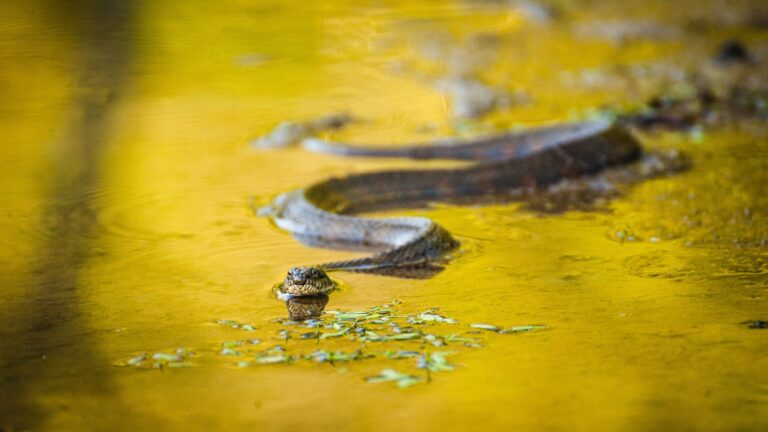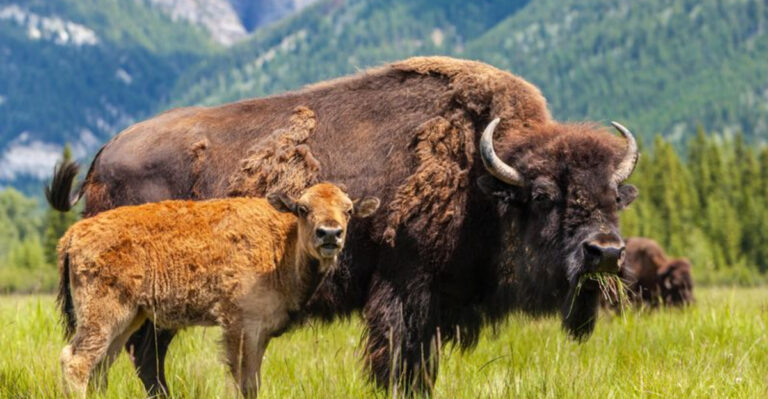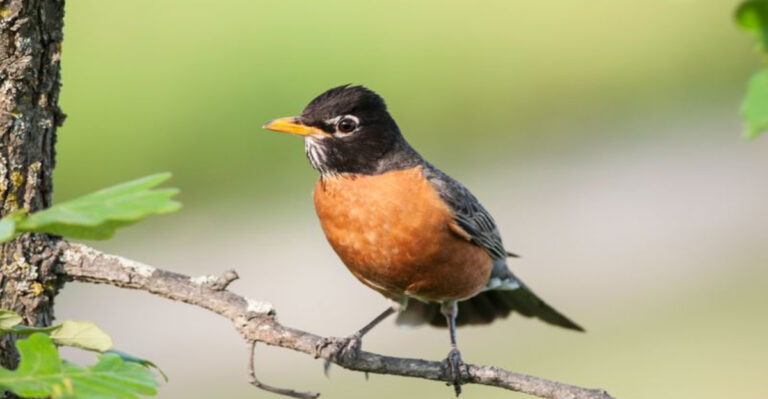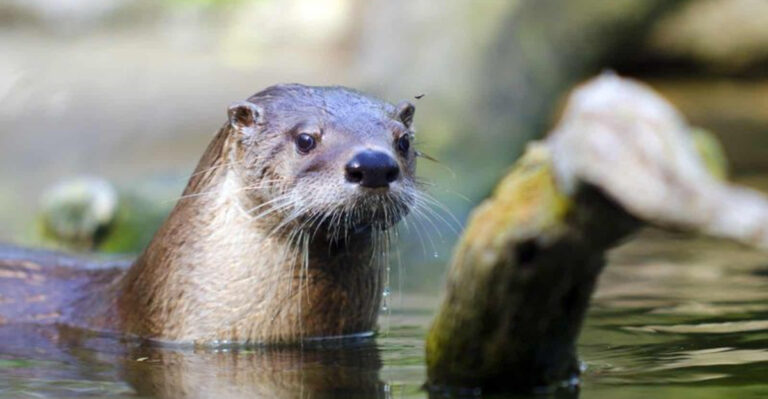Raccoon Predators Exposed: 12 Animals That Hunt These Clever Creatures
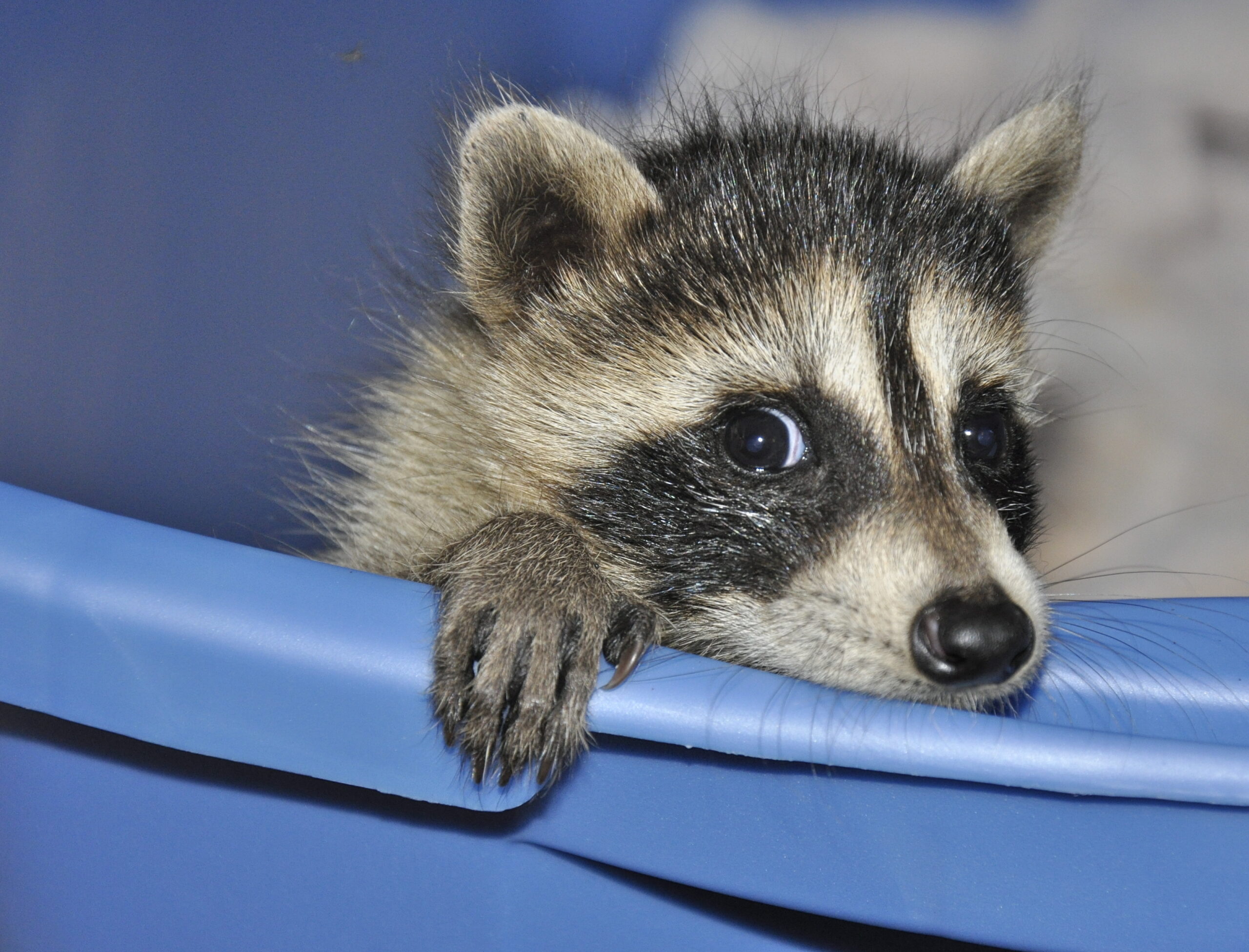
Raccoons, known for their adaptability and cleverness, are not without their share of natural predators. These masked creatures, often found rummaging through urban trash or exploring the dense woods, face threats from various animals across different regions.
In this list, we’ll explore animals known to hunt raccoons, highlighting their unique hunting techniques and interactions within their ecosystems.
1. Coyote
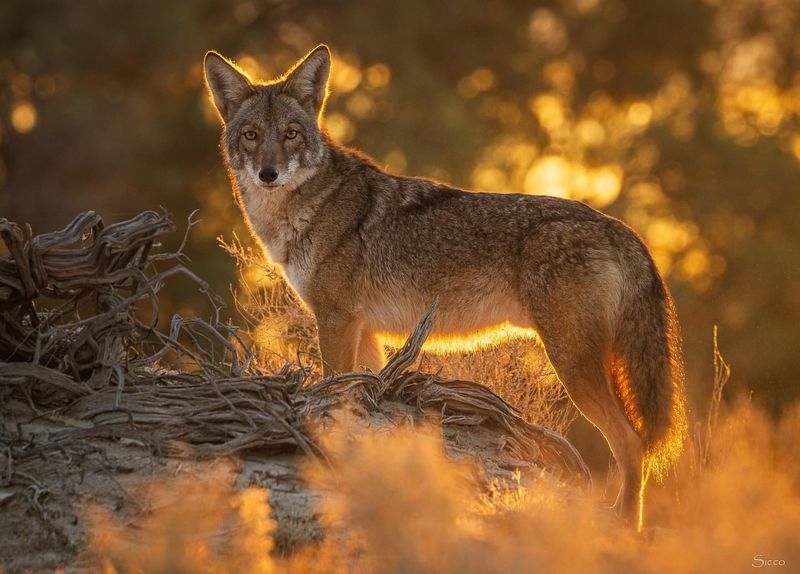
In the wild, the coyote is a cunning and adaptable predator. These canines are known for their intelligence and opportunistic hunting strategies. Coyotes often inhabit regions where raccoons are found, from dense woods to suburban areas.
Coyotes rely on their speed and agility to catch prey. They primarily hunt alone or in pairs, using stealth and patience to ambush raccoons. Their hunting success largely depends on their ability to surprise their prey.
While raccoons are agile climbers, they are vulnerable on the ground, where coyotes can easily overpower them. This predator-prey relationship is a crucial part of the ecosystem, controlling raccoon populations and maintaining balance.
2. Bobcat
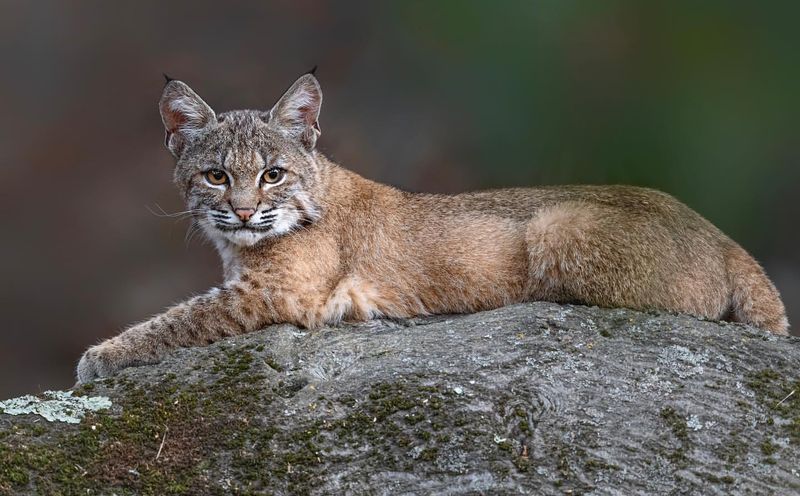
Bobcats are solitary and elusive hunters. These medium-sized felines are skilled at stalking and ambushing prey, including raccoons. Their habitats range from forests to swamps in different US states, aligning with raccoon territories.
With a keen sense of hearing and sight, bobcats can detect raccoons from a distance. They use cover to approach silently, striking swiftly when the opportunity arises. Their muscular build allows them to overpower raccoons efficiently.
Bobcats play a vital role in the ecosystem, managing populations of smaller mammals. Their presence indicates a healthy environment, supporting biodiversity through their predation activities.
3. Great Horned Owl
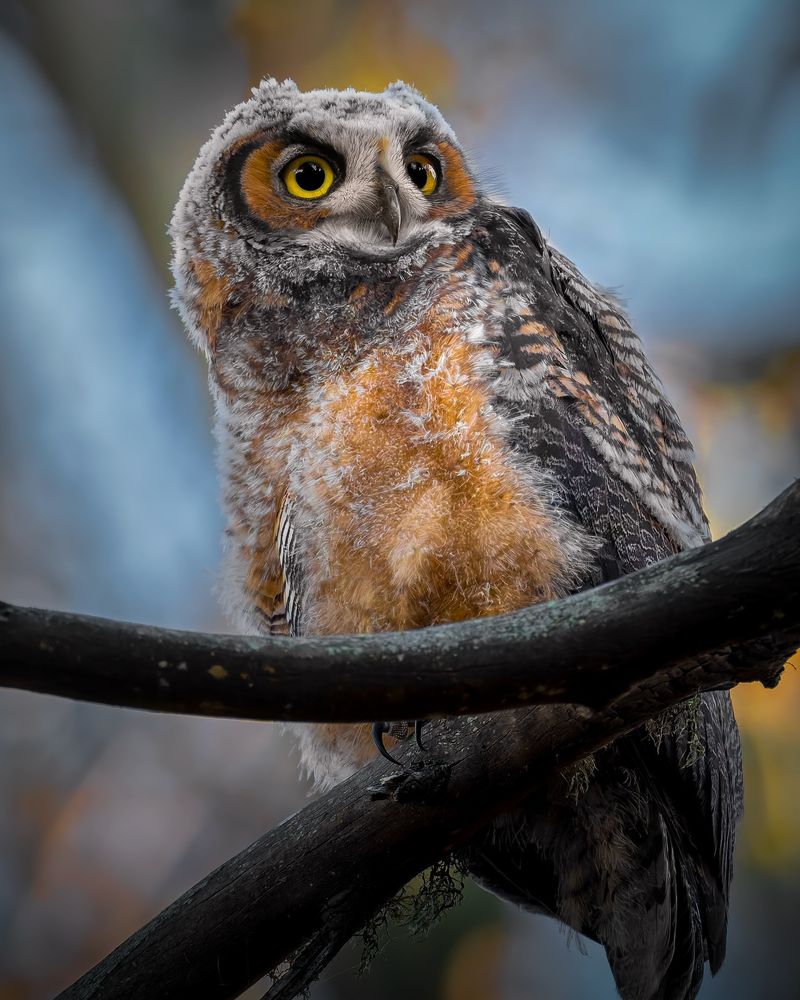
The great horned owl is a formidable nocturnal predator. Known for their silent flight and powerful talons, these owls hunt a variety of prey, including raccoons. They occupy diverse habitats, from forests to urban parks.
Owls rely on their exceptional night vision and acute hearing to locate raccoons. Their ability to fly silently allows them to approach unsuspecting prey, striking with precision from above.
These owls help control small and medium-sized mammal populations. Their predation of raccoons is a natural check within the food chain, contributing to ecological stability.
4. Red Fox
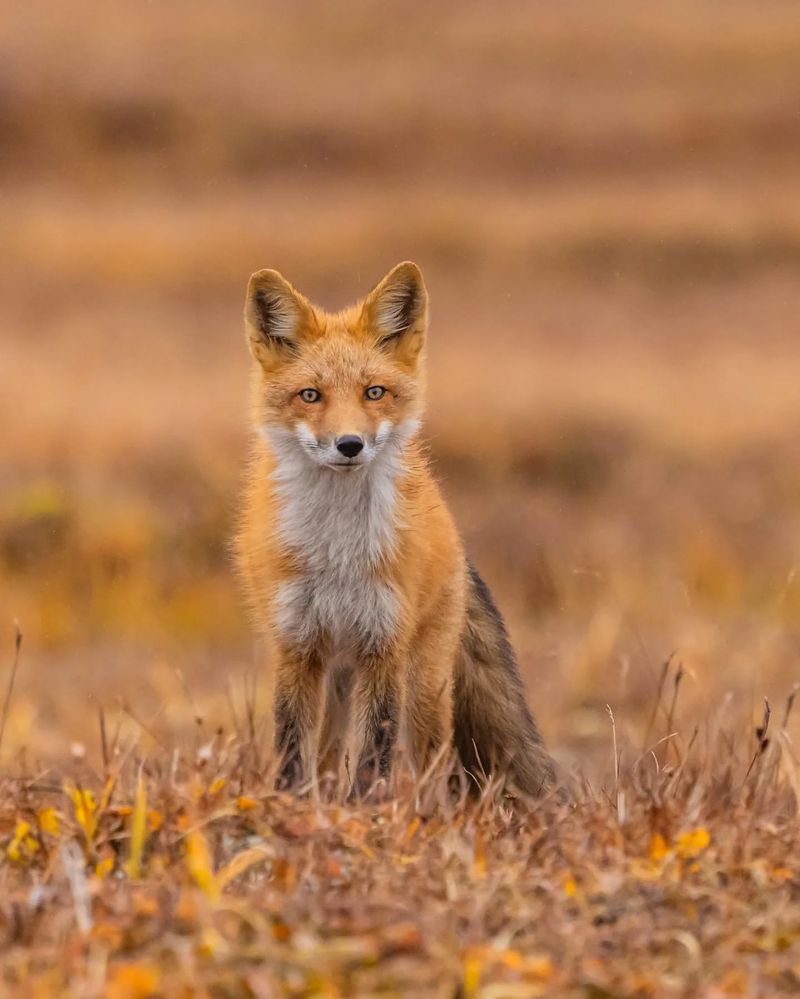
The red fox is a versatile and adaptive predator. Known for its clever tactics, it preys on raccoons when the opportunity presents itself. Found in diverse environments, foxes often inhabit areas overlapping raccoon territories.
Red foxes use their speed and cunning to hunt. They often pounce on raccoons, using surprise to their advantage. While foxes generally target smaller prey, they won’t hesitate to challenge a raccoon if necessary.
Foxes contribute to maintaining ecological balance by controlling prey populations. Their interactions with raccoons reflect the dynamic relationships within their shared habitats.
5. Alligator
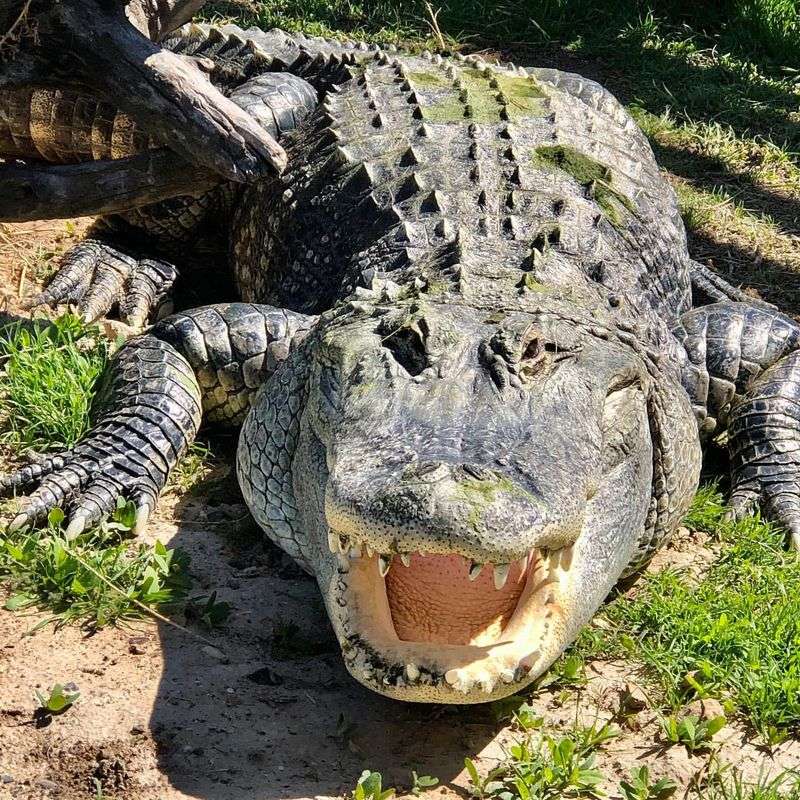
These reptiles are opportunistic feeders, preying on raccoons that venture near water. Found in the southeastern United States, they share environments with raccoons in marshes and wetlands.
Alligators rely on their powerful jaws and stealth to capture prey. They ambush raccoons that come too close to the water’s edge, using the element of surprise to secure a meal.
As top predators, alligators play a crucial role in their ecosystems. Their predation on raccoons helps regulate populations, maintaining the health of the wetlands they inhabit.
6. Gray Wolf
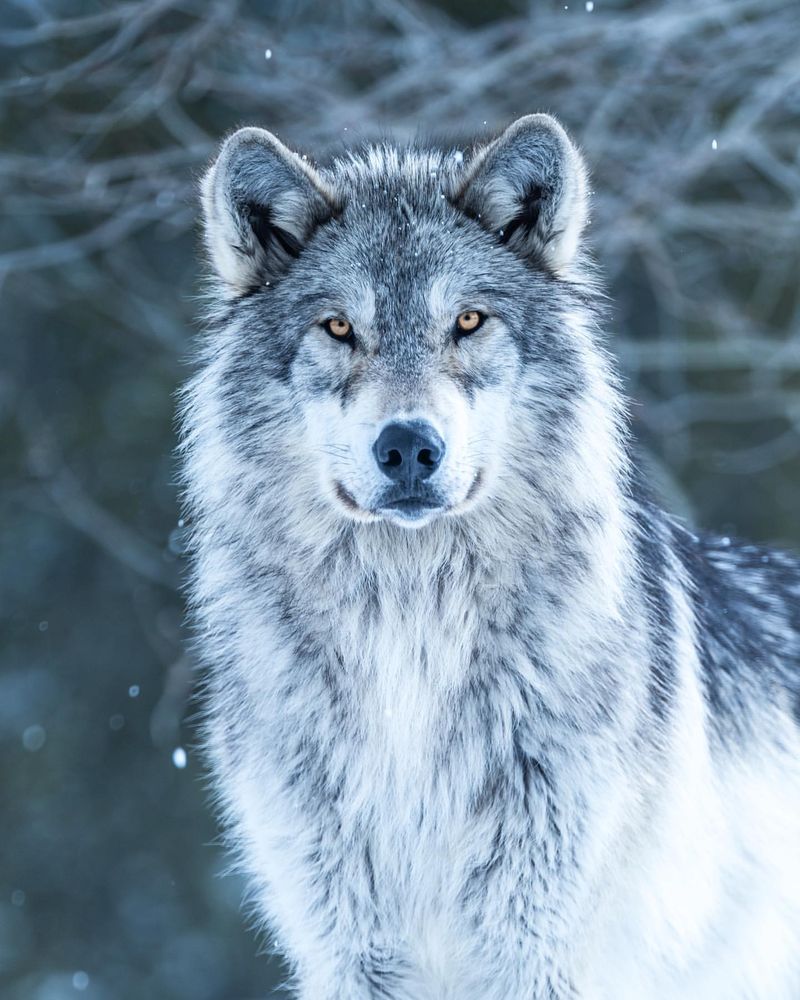
Gray wolves are social hunters, known for their pack dynamics and strategic hunting techniques. In territories where they coexist with raccoons, wolves occasionally prey on them, particularly in northern regions.
Wolves rely on teamwork and communication to hunt effectively. They use their strength and endurance to chase down prey, including raccoons, which are less agile in open areas.
The presence of gray wolves is indicative of a balanced ecosystem. Their predation on raccoons contributes to natural population control, promoting biodiversity.
7. Mountain Lion
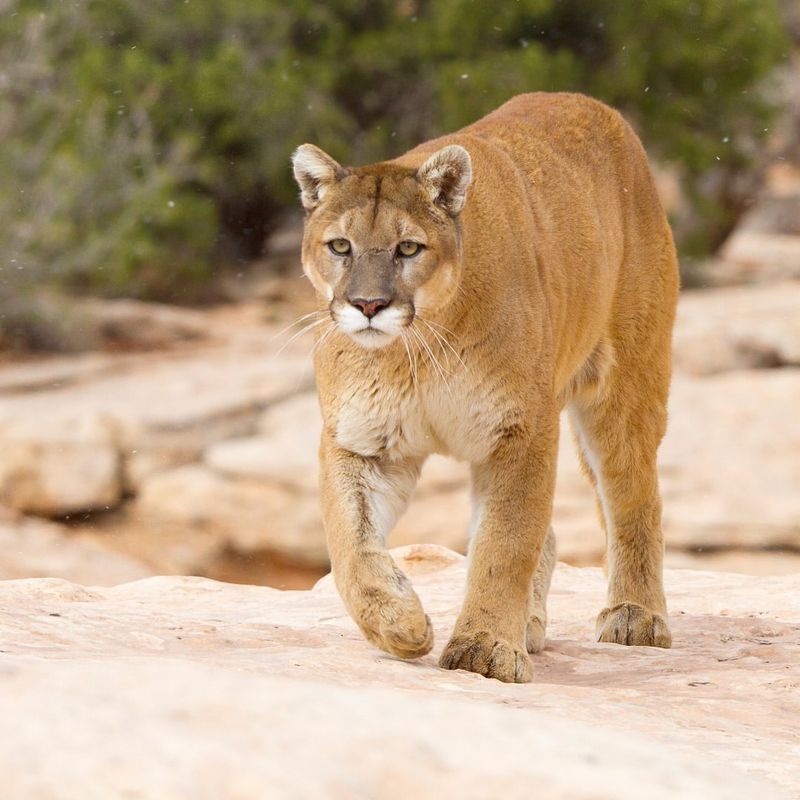
Also known as cougars, mountain lions are powerful and stealthy predators. They inhabit a range of environments, including mountains and forests, often overlapping with raccoon territories.
These big cats use their agility and strength to hunt. They stalk raccoons, using their keen senses to approach undetected. A mountain lion’s ability to ambush from above gives it an advantage over its prey.
As apex predators, mountain lions play a vital role in their ecosystems. Their hunting of raccoons helps maintain population balance, supporting ecological health.
8. Bald Eagle
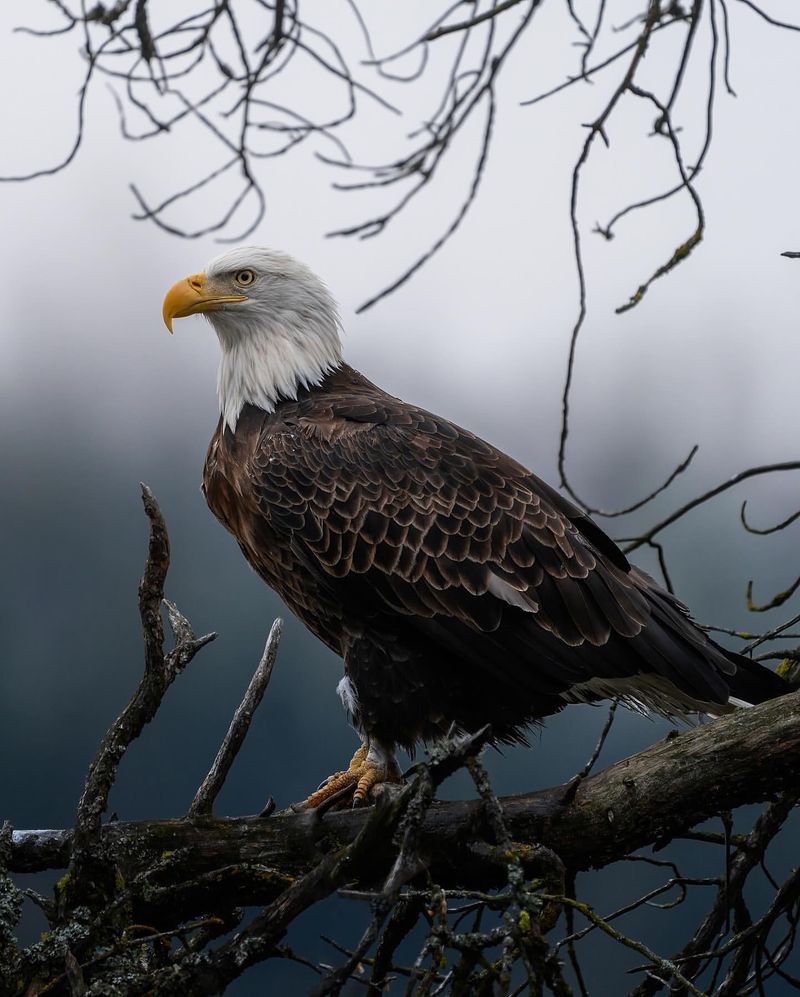
These birds of prey hunt a variety of animals, including raccoons, particularly in areas near water. They are found across North America, thriving in regions where raccoons are common.
Eagles rely on their sharp eyesight and powerful talons to catch prey. They often target young or sick raccoons, using the element of surprise to swoop down from the sky.
As top predators, bald eagles help maintain ecological balance. Their interactions with raccoons highlight the intricate food web dynamics in their habitats.
9. Snapping Turtle
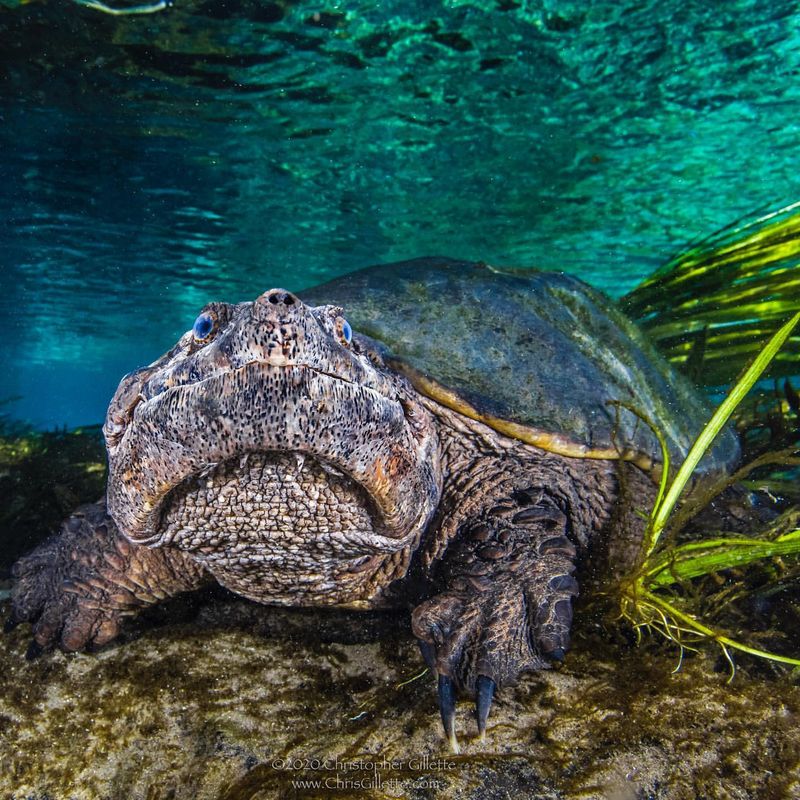
The snapping turtle is a stealthy predator, lurking in murky waters where raccoons may search for food. These turtles are equipped with powerful jaws that can deliver a quick and unexpected strike.
Raccoons, often found foraging near water bodies, must be cautious not to become prey themselves. When a raccoon ventures too close, the snapping turtle’s sudden bite can be deadly.
Although not as fast as other predators, the snapping turtle’s patience and surprise tactics make it a threat in aquatic environments.
10. Fisher Cat
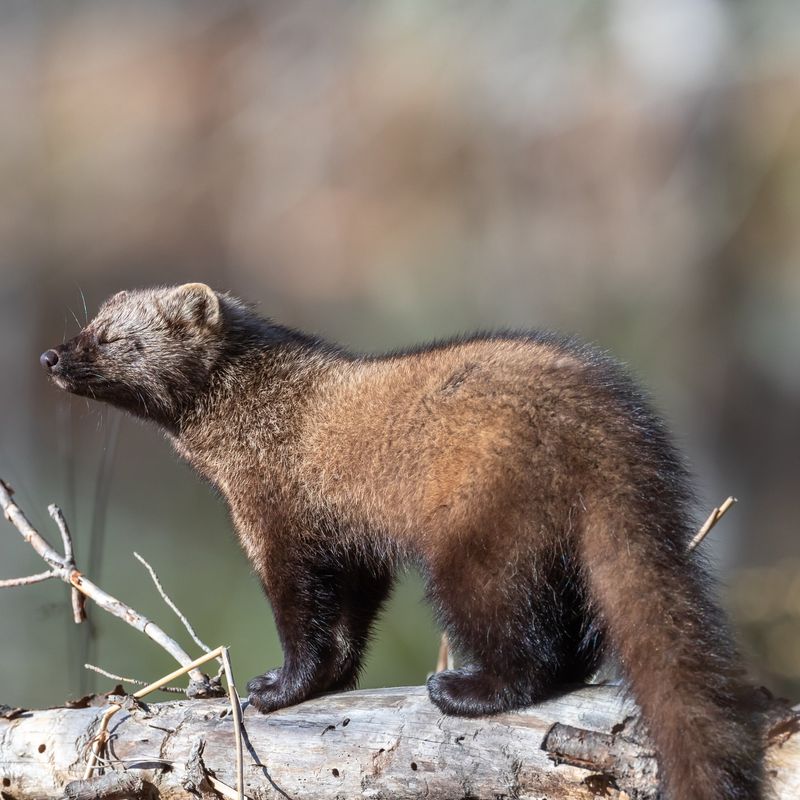
Fisher cats are agile and fierce predators, part of the weasel family. Found in North American forests, they share habitats with raccoons.
These predators use their sharp claws and teeth to hunt. They are skilled climbers, which allows them to catch raccoons even in trees. Fisher cats are known for their relentless pursuit of prey.
Their role in the ecosystem is significant, as they help control the populations of smaller mammal species, including raccoons. This balance supports biodiversity in their habitats.
11. Lynx
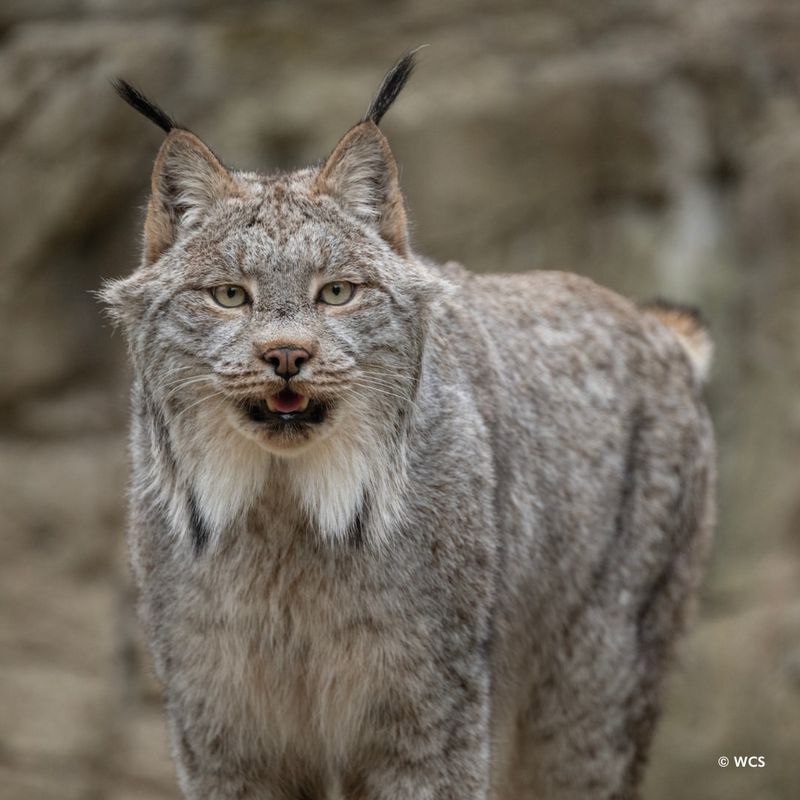
Lynxes are solitary and elusive predators, inhabiting boreal forests across the Northern Hemisphere. Their territories often overlap with those of raccoons.
Lynxes use their excellent vision and hearing to locate prey. They are adept at stalking through the underbrush, pouncing with precision. Their strong limbs and sharp claws make them formidable hunters.
The lynx plays a crucial role in controlling small mammal populations. By preying on raccoons, they help maintain a balanced ecosystem, supporting the health of their forested environments.
12. Black Bear
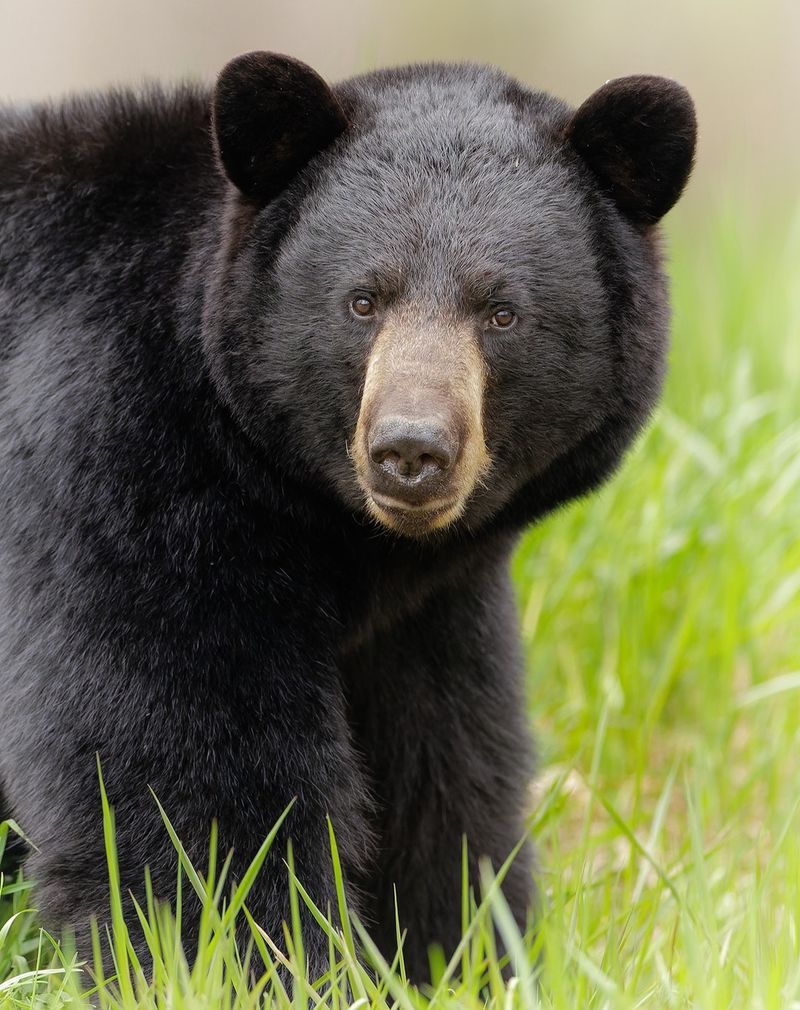
Black bears are opportunistic omnivores, occasionally preying on raccoons. Found in North American forests, their habitats often overlap with those of raccoons.
Despite their size, black bears can be stealthy. They may hunt young raccoons, leveraging their strength to overpower them. Bears also scavenge, capitalizing on carcasses left by other predators.
Their role as both predator and scavenger makes them essential to the ecosystem. By managing raccoon populations, black bears contribute to maintaining the ecological balance in their territories.

